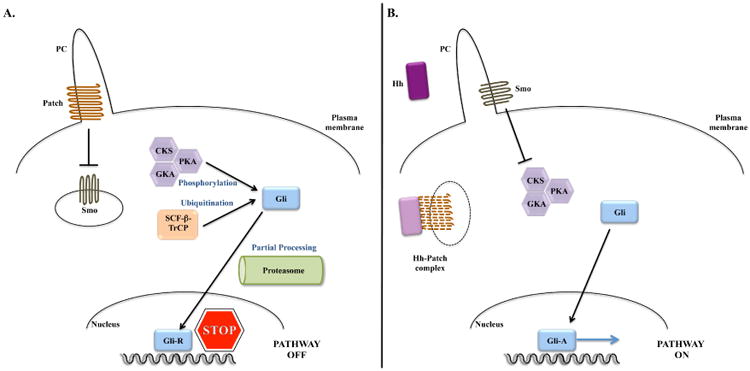Figure 1. The simplified representation of the Hedgehog signaling pathway.

A. In the absence of Hedgehog ligand (Hh), Patched (Patch) prevents Smoothened (Smo) from entering the primary cilium (PC), repressing Smo activity. This allows the sequential phosphorylation of Gli by several kinases: protein kinase A (PKA), glycogen synthase-3β(GSK3β) and casein kinase-1 (CK1). Phosphorylated Gli is susceptible for ubiquitination by Skip-Cullin-F-box (SCF) protein/β-Transducing repeat Containing Protein (TrCP), which primes Gli to limited degradation in the proteasome. Truncated Gli (Gli-R) acts as a repressor of gene transcription.
B. When hedgehog binds to Patch, it removes Patch from the PC, allowing Smo to enter the PC. The complex Hh-Patch is degraded in vesicles in the cytoplasm. The entry of Smo into the PC allows Smo activation. Active Smo abrogates phosphorylation and subsequent degradation of Gli. Full length Gli translocates to the nucleus where it acts as a transcription factor for several target genes.
Of note, Shh, Ihh and Dhh ligands similarly activate the Hh pathway. Gli-1 does not undergo proteasomal degradation, and in the absence of ligand, Gli-2 is preferentially completely degraded in the proteasome while Gli-3 is partially degraded, and hence Gli-1 and Gli-2 act mostly as transcription promoters and Gli-3 can act as a transcription repressor.
